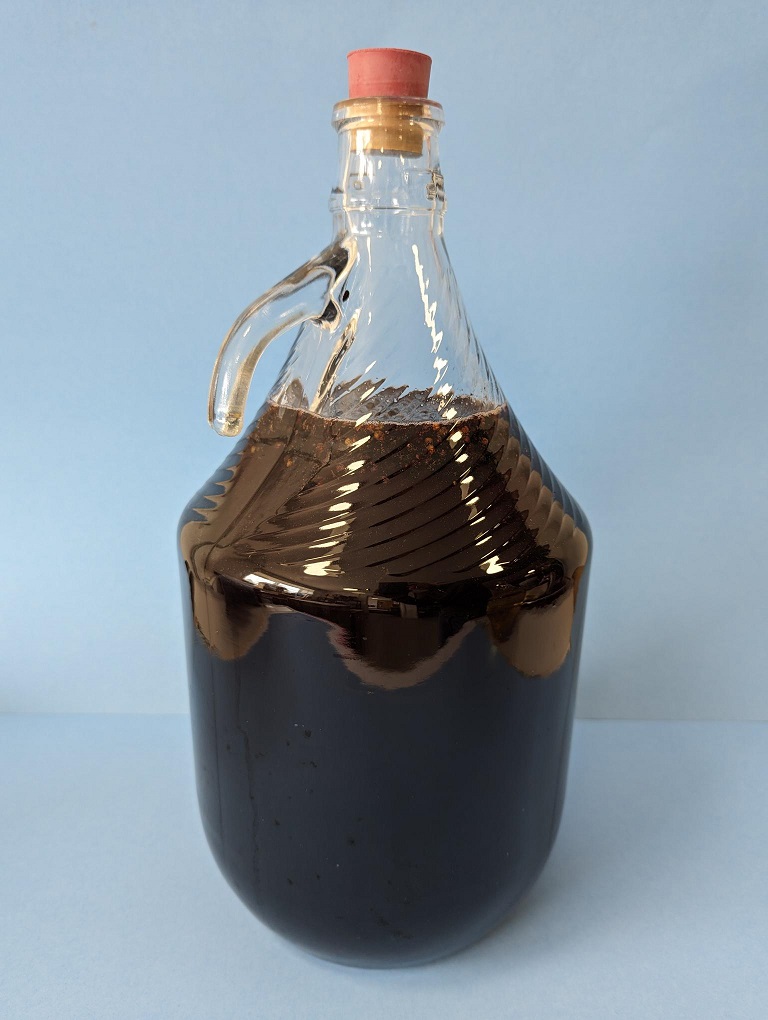Every recipe in the SG Wines range has been carefully developed by experts in the field to allow you to create true-to-style, satisfying wines every time. That’s not to say you can’t experiment with different flavour additions to jazz up your wine, however.
But why would you want to add ingredients to wine?
Well, you might want to adjust the sweetness, fruitiness, acidity or oak level of your wine. You might like to see how adding one flavour can change the wine’s flavour profile, or, you may just like the idea of experimenting with or tweaking the existing recipe – like we often do with cooking.
This is the freedom you have when making your own wine at home after all.
Staring this series off with fruit, we’ve got some tips and recommendations for ingredients you can try adding to your own wine. Just make sure the ingredient you add is safe i.e. is sterile and won’t add unwanted foreign bodies that can infect your wine.
Fruit Infused Wine
Not to be confused with ‘Country’, ‘Fruit’, or ‘Hedgerow’ wine – wines which are made from the juice of fruits other than grapes, often picked or harvested in the summer months – here we are talking about adding fruit to grape wine as an infused flavour.
Note – if you’ve not done so already, you may want to try our Country kits which include a fruit flavouring sachet that is added to the white or red grape wine after fermentation to achieve this fruit-infused result.
When infusing wines, dried fruits are perfect as they’re available all year round and you can throw them into your wine with very little risk of contamination. Frozen and tinned fruit are also safe to add without preparing, however, fresh fruit will need to be de-stoned and washed thoroughly before using – it’s worth doing some research on how to prepare your chosen fruit before you start.
When selecting a fruit, think about which flavours will complement or highlight the existing flavours of your wine.
SG Wines Gold Piesporter Style, for example, includes pome fruit notes, which you can balance by adding tart fruits like cranberries or cherries.
The Shiraz Style variety, however, already has a complex flavour profile of dark berry fruits and earthy spicy notes, so you might choose to accentuate the berry flavours, by adding more, rather than adding a new flavour into the mix, as this could be confusing on the pallet.
There are no wrong answers though – add whichever flavour you think suits the wine you’ve made best. Here are two more combination suggestions:
Dried elderberry added to SG Wines Gold or Platinum Merlot Style or Cabernet Sauvignon Style – elderberry imparts a notable level of tannin and is often used to enhance softer fruits such as those found in deep, fruity reds.
Dried apple added to SG Wines Gold or Platinum Pinot Grigio Style – the apple’s sweet and tangy flavour heightens the delicate fruit and floral notes of a pinot grigio, providing a more rounded flavour profile.

How much fruit should I add?
The amount of fruit used will vary dramatically depending on a few factors:
- How much flavour you want to impart
- How long you’re leaving the wine on the fruit
- Which fruit you’re using
- If you’re using dried or whole fruits
You’re best placed to judge the amount you’ll need, but as a general guide, when using dried fruit, 300-500g for a 30-bottle kit or 60-100g for a 6-bottle kit is a good starting point.
If using whole fruits (tinned/frozen/fresh), you’ll need approximately 3-5 times more than the amount advised for dried fruit, but again, you’ll need to make a judgement call based on the above factors.
How do I add my fruit?
You can add your fruit straight to your wine loose or inside a straining bag. If loose, ensure you rack/syphon your wine into another vessel before proceeding to the next step.
If using a straining bag, ensure it’s been cleaned and sterilised and is big enough for the fruit to move around freely even when the knot is tied. When removing the bag, let it drain for while, but don’t squeeze the contents as doing this can introduce bitter notes to your wine.
At what stage should I add my fruit?
To keep things simple, we recommend adding your fruit either right at the start of the winemaking process – during fermentation, or right at the end – once the wine is finished, before bottling.
If adding during fermentation, some of the fruit’s sugars will be converted into alcohol. This means you will get a slightly stronger ABV as a result and you will lose some sweetness from the fruit, so, if you’re looking for a slightly stronger wine without adding too much sweetness, add the fruit at the start of fermentation. Leave it in the fermenter for the full fermentation period, before racking the wine into the secondary fermenter for clearing.
Adding fruit at the end of the winemaking process results in a sweeter and slightly fresher fruit flavour and also reduces the chance of contamination, as the alcohol produced will kill of any bacteria. Add your fruit to the secondary fermenter and let it sit on the wine for a week or two, (or longer if you desire), before removing/racking then bottling.
As you can tell, there are many variables to consider when adding fruit to your wine, but if you follow this guide and with some trial and error, we’re sure you’ll create some amazing, delicious, fruit-infused wine.
Let us know if you’ve ever added fruit to your wine and how well the combinations worked in the comments below!






